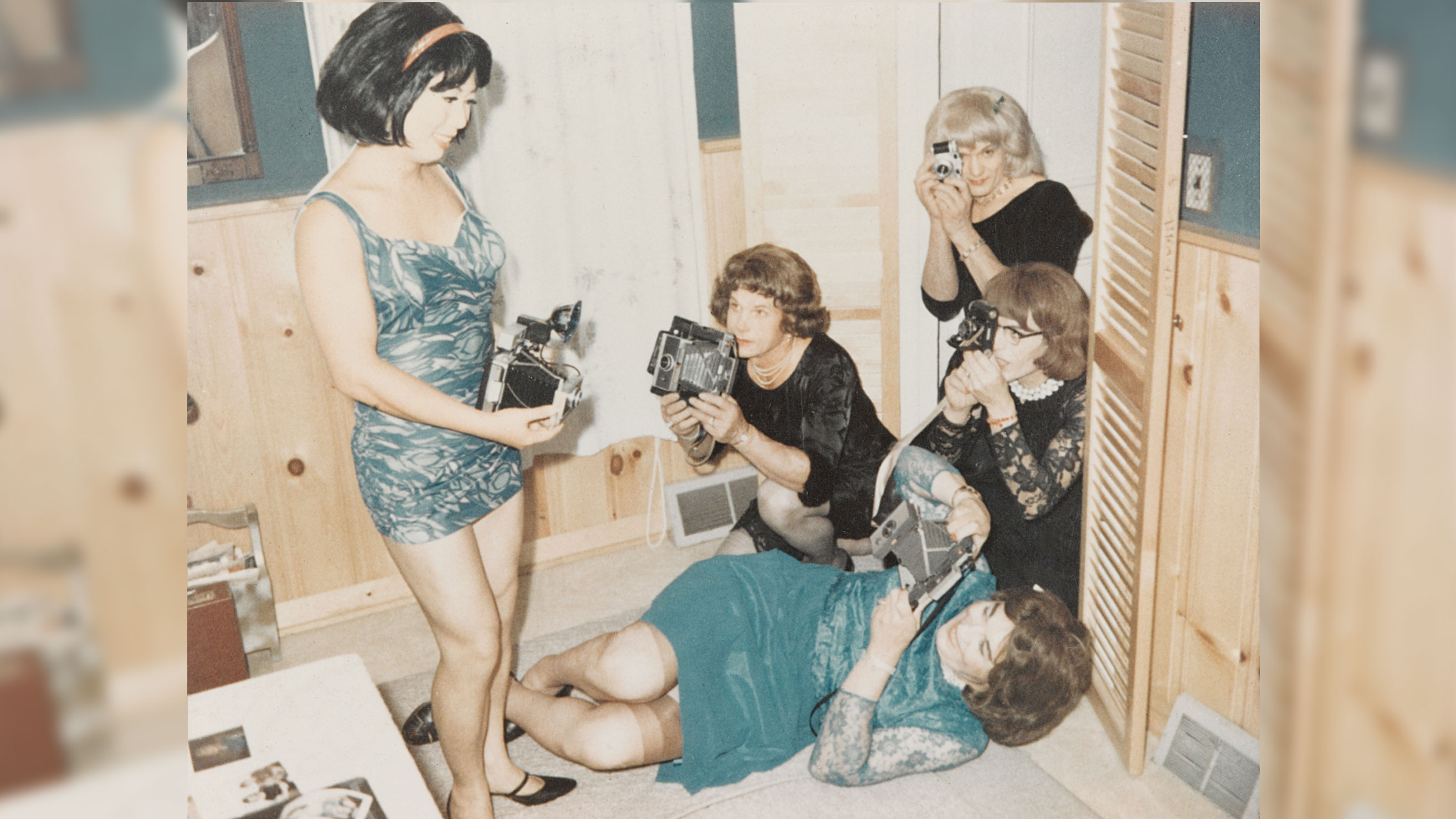
A hidden chapter of LGBTQ+ history has just been uncovered in the new book titled Casa Susanna which brings together a wealth of research and a captivating selection of photographs illuminating the remarkable story of America's first known trans network. Unveiling the clandestine world of the 1950s and 60s, where transgender women and cross-dressing men sought refuge, this book opens a window into a now-lost era.
Nestled in the Catskills region of New York, Casa Susanna emerged as a modest yet transformative haven for individuals who yearned to express their true selves without the fear of societal backlash. The house provided a safe space for these men to live out their dreams, dressing and living as women for a few days without the looming threat of incarceration or institutionalization.
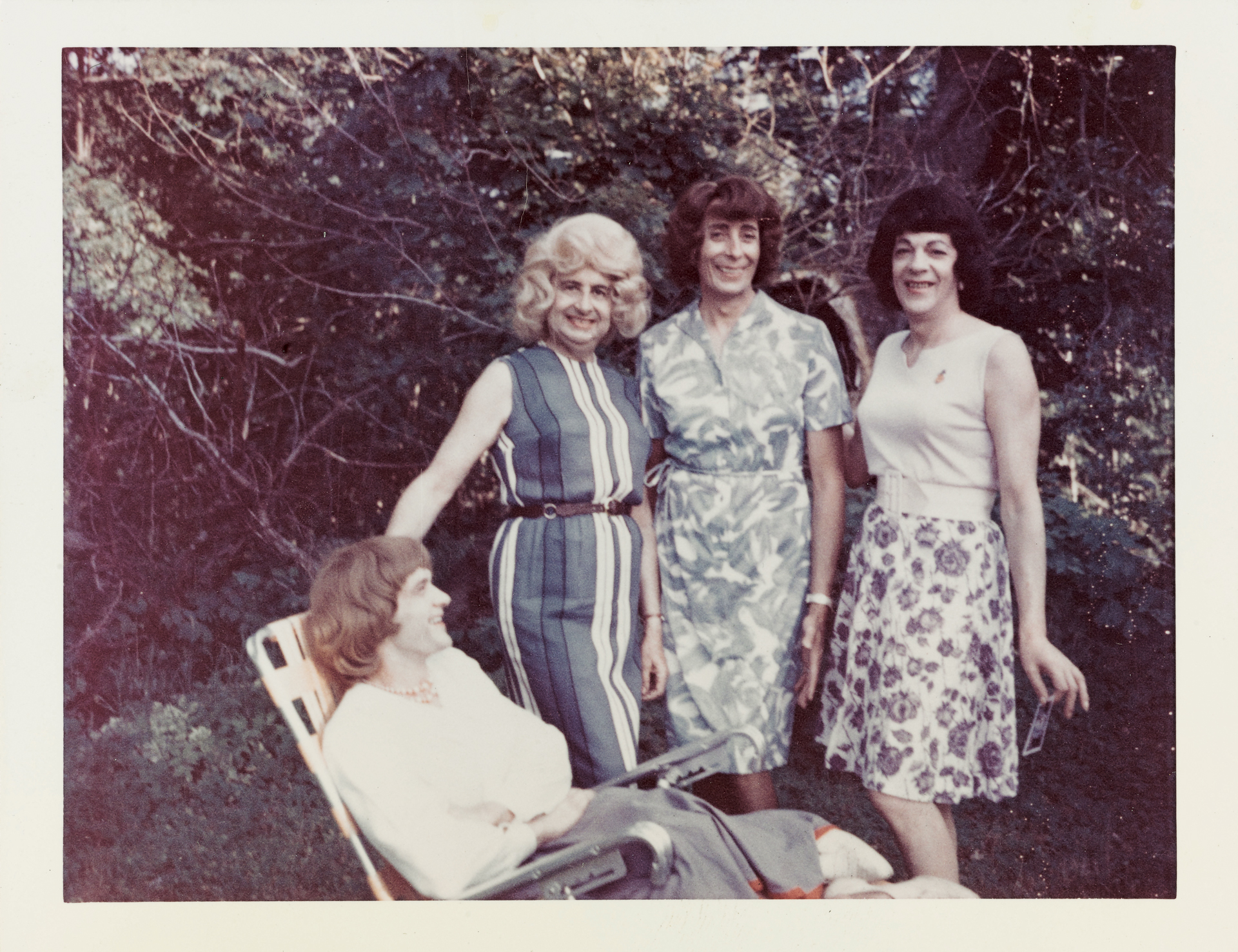
At the heart of this book is a selection of captivating photographs discovered by chance at a New York street flea market in 2004 by Robert Swope and Michael Hurst. The collection of black and white and colored images chronicles the experiences of men embracing their feminine sides, dressed in glamorous hats and faux furs to more relaxed boiler suits and revealing mini dresses.
Susanna Valenti, a trailblazer on her own journey toward womanhood was at the center of this clandestine oasis. She envisioned and created Casa Susanna as a protected space where others could crossdress and live freely as women, undeterred by the constraints of a rigidly binary society.
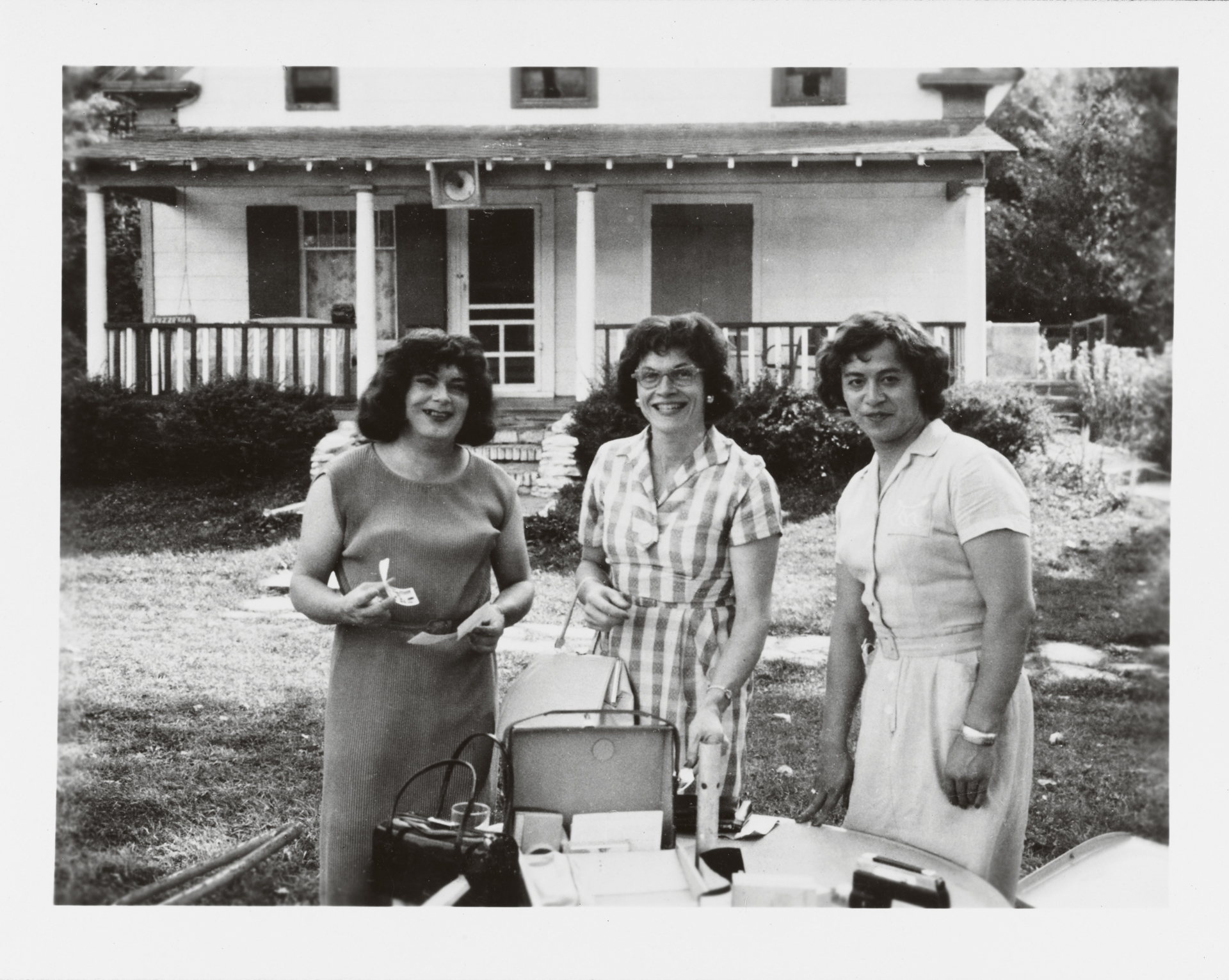
Casa Susanna: The Story of the First Trans Network in the United States, 1959-1968 isn’t just a photo book. Accompanying more than 400 illustrations are excerpts from Transvestia, a magazine that served as a vital medium for those who had been cast out by societal norms. It also includes 66 pages worth of text written by art historians Isabelle Bonnet and Sophie Hackett, as well as an introduction written by Susana Stryker, a professor of gender, sexuality, and women studies who has been on her own gender-transitioning journey. This glimpse into Casa Susanna reveals a community finding solace and empowerment, exploring and celebrating their own and each other's femininity in ways not possible elsewhere.
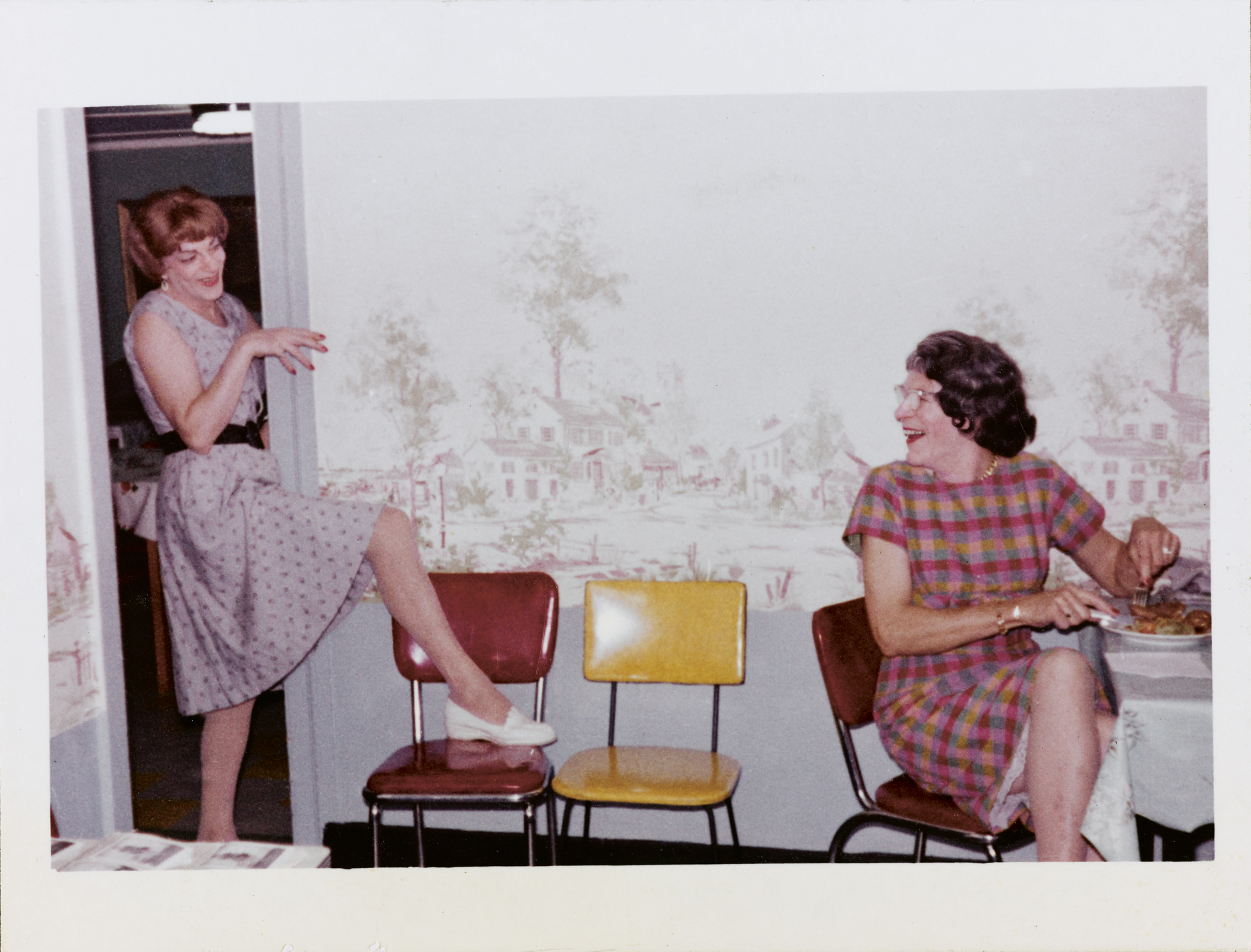
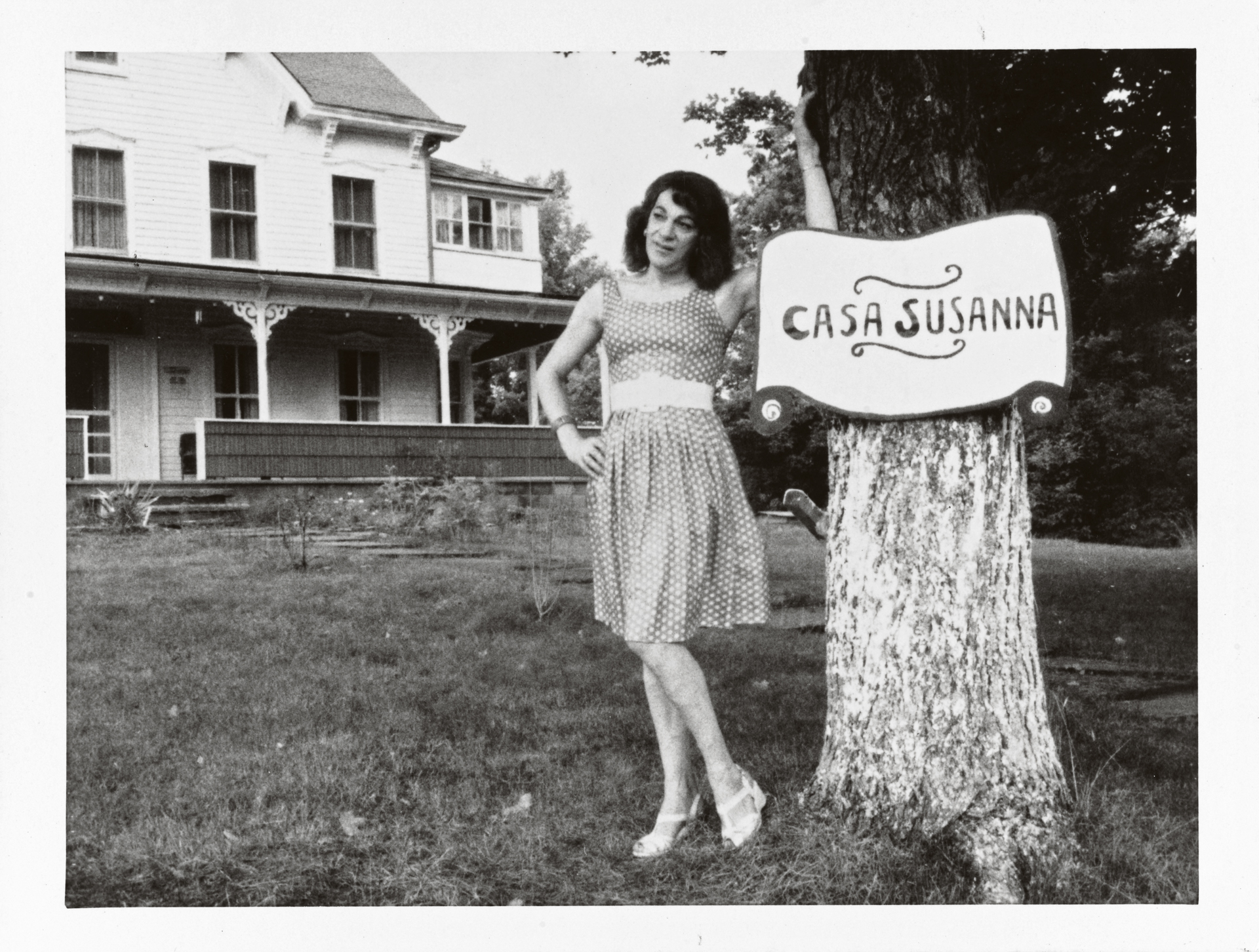
The people who gravitated to Casa Susanna discovered a unique spot where they could not only be themselves but also forge connections with others who shared similar struggles. Their stories and creations serve as a poignant reminder that even in the face of societal rigidity, there were, and still are, myriad ways to explore the boundaries of gender.
Casa Susanna emerges as a testament to resilience, courage, and the power of community, providing a long-overdue spotlight on a pivotal moment in the history of the LGBTQ+ movement. As these photographs and stories come to light, they contribute to a richer understanding of the diverse and evolving tapestry of gender expression in America.
Bonnet and Hacket dedicate the book to Katy Cummings, a transgender activist and regular at Casa Susanna who died in 2022 aged 87. To pre-order it for $55 head to the Thames & Hudson website.







